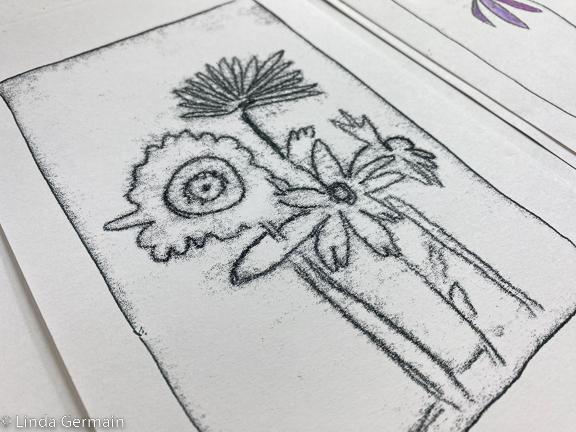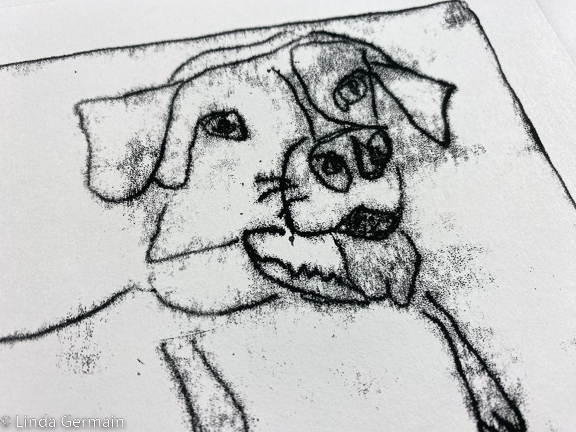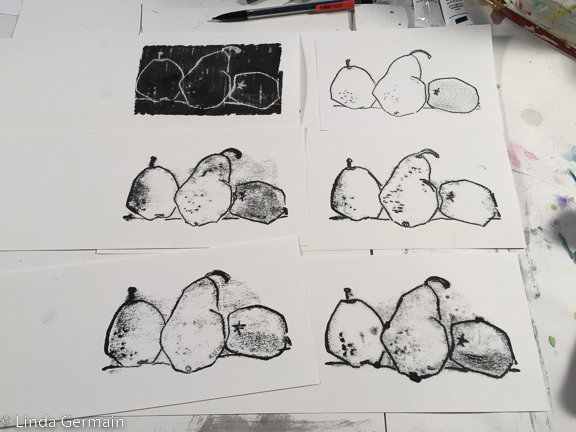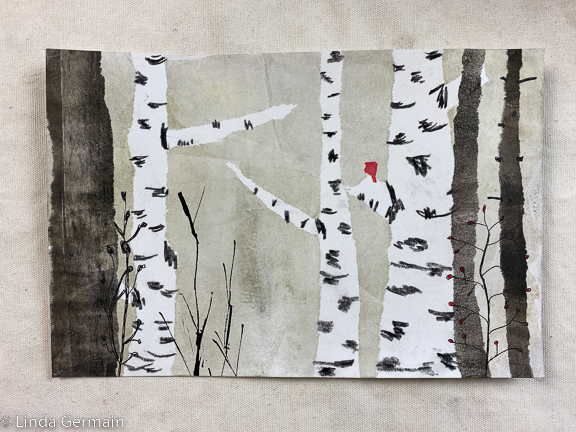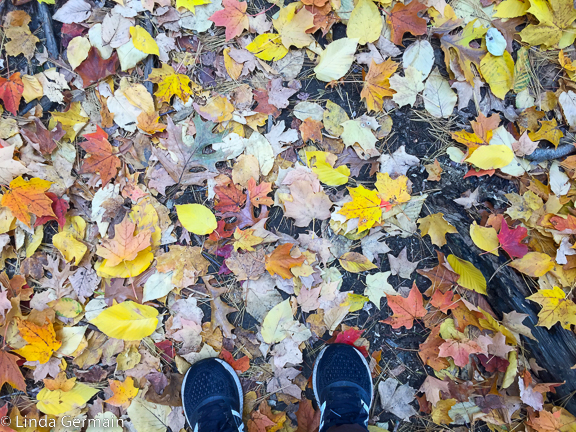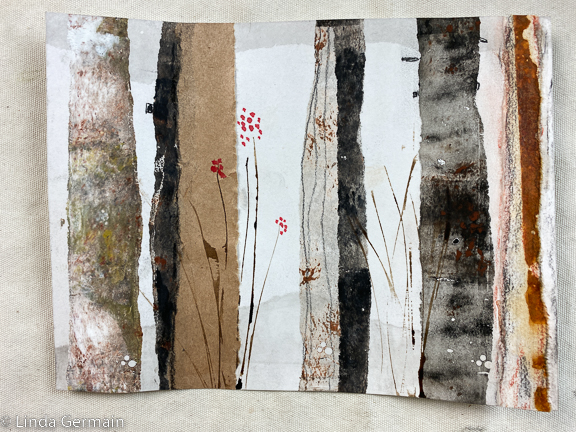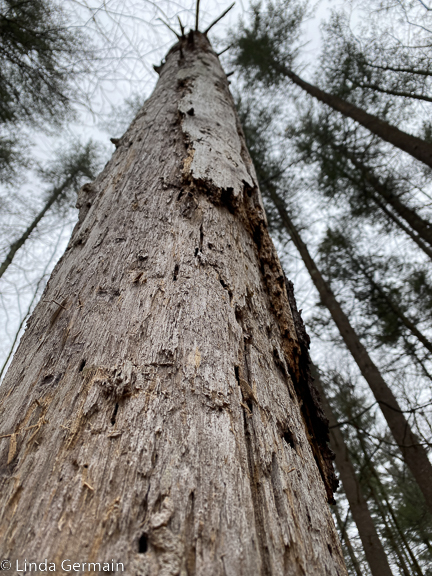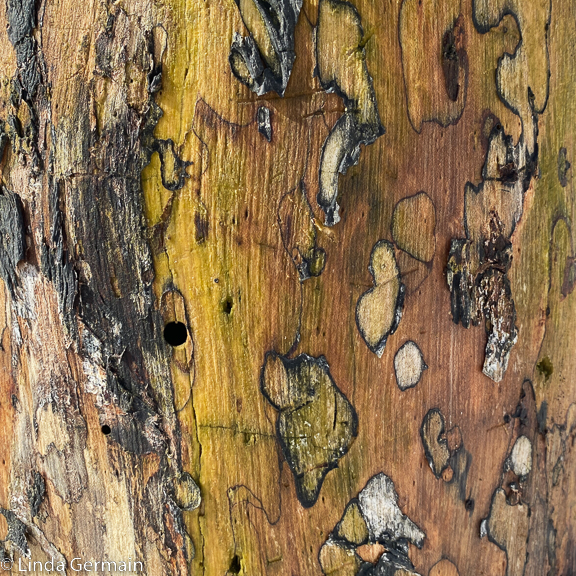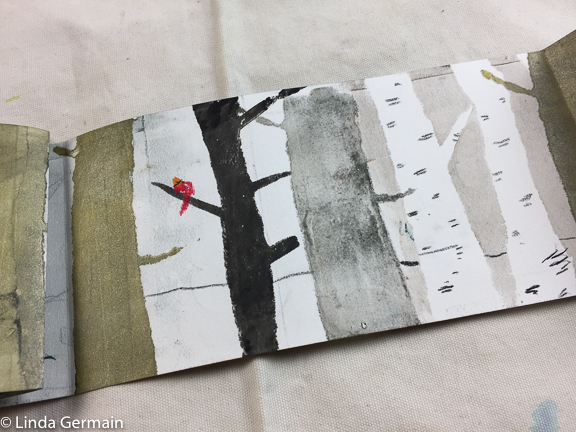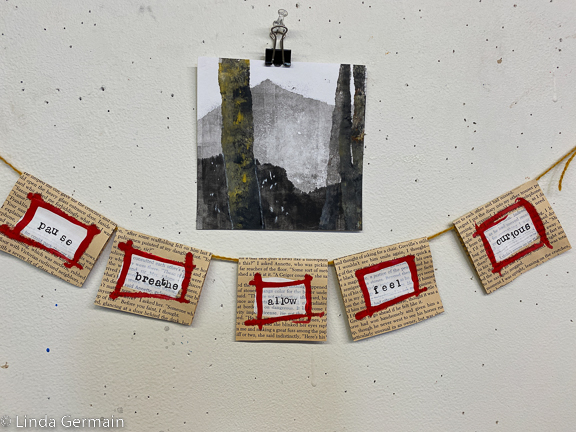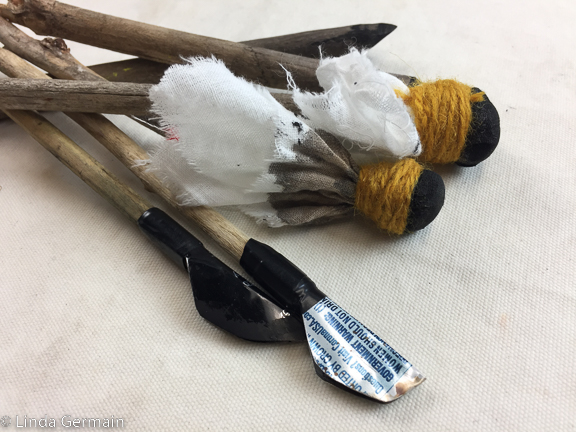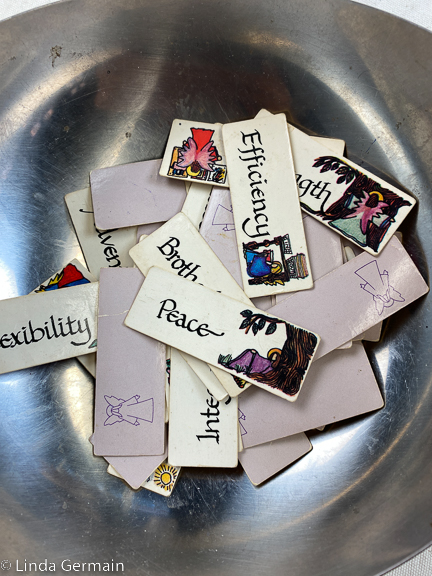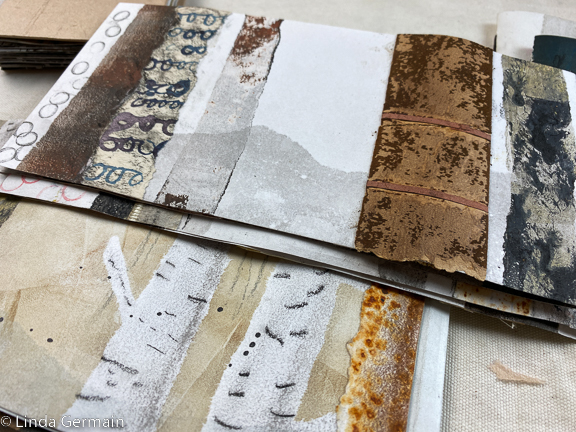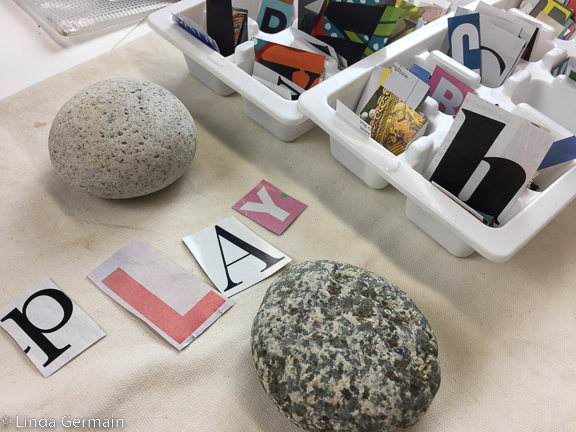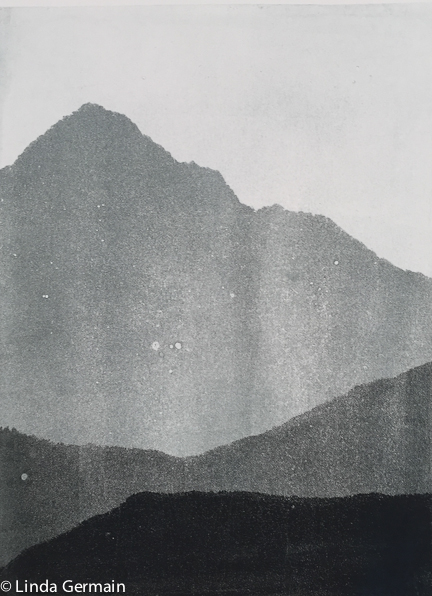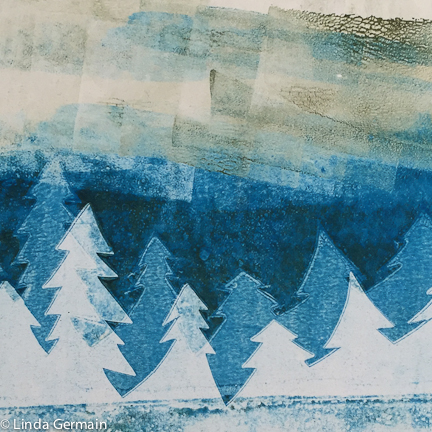Play with Contour Line Drawings
Contour line drawings can simply an object to its essence. I love the flow and energy of contour line drawings. So little can say so much.
This type of drawing requires that you observe and follow the edges of the parts and notice how they meet and interact.
In the images above I used contour line drawing technique to make trace monotype prints. The original drawing is used as a template/reference to produce this fuzzy line and plate ink print.
With the trace monotype printing process you can use one drawing that you love to make unique multiple prints. They are all similar and yet a little different too.
I like this process because I don’t love to draw and this is one way to give my drawings that I do like new life.
If you would like to explore Trace Monotype Printing then, check out the details of the online class, Draw into Print.
Play with Contour Line Drawings Read More »
